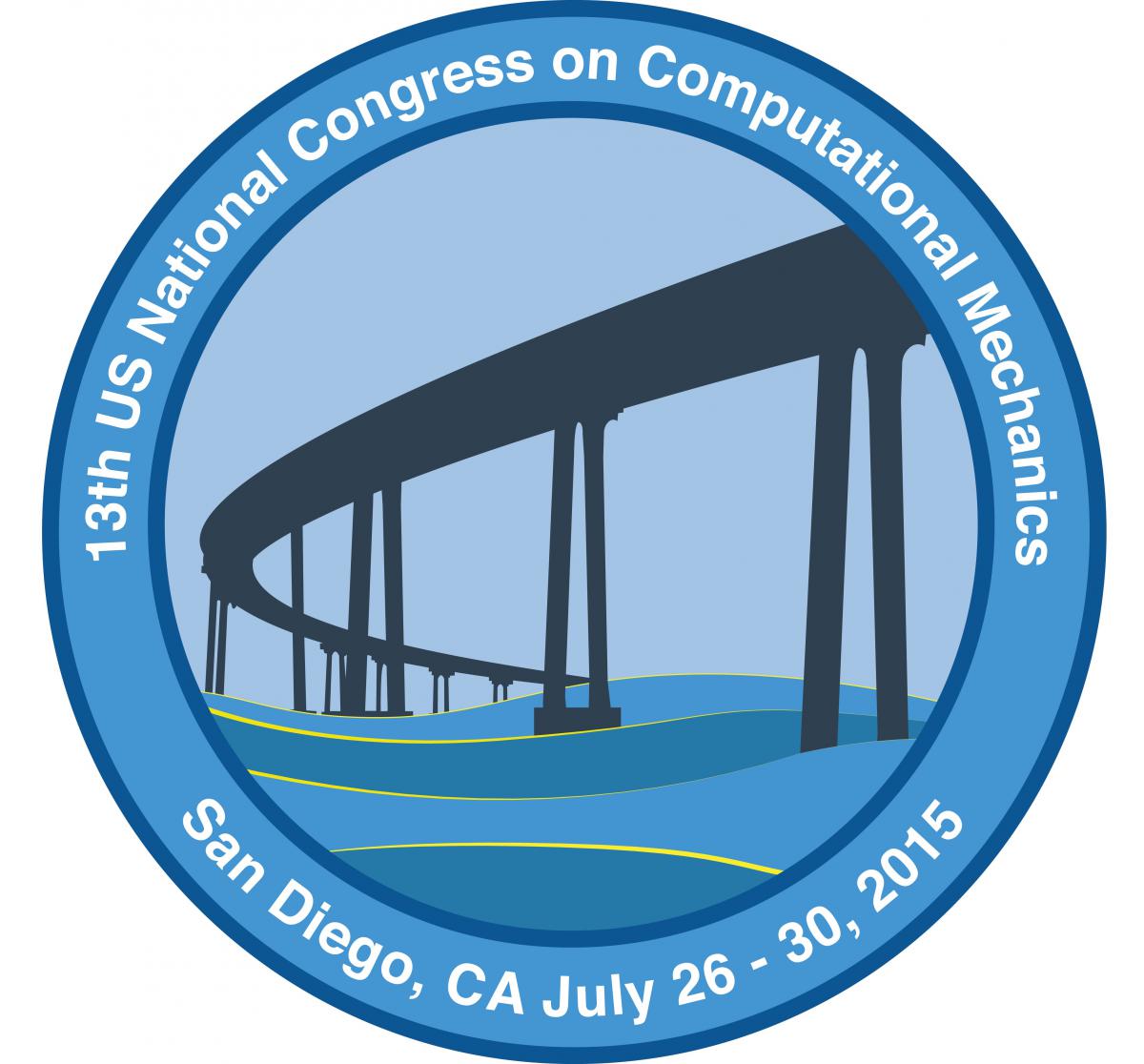Pavement Mechanics and Simulation Mini-Symposium
This mini symposium will present computational mechanics methods for the simulation of pavements. Corresponding field/lab observations and analyses will be also included for comparison studies with numerical modeling. Abstracts and presentations in this mini symposium will present scholarly research on the simulation and analysis of one or more key pavement deterioration mechanisms (e.g. fracture, fatigue, permanent deformation, moisture damage) and pavement-vehicle interactions using structural-scale, micromechanical (including those that directly consider material heterogeneity/morphology), multi-scale and/or multi-physics models as well as experimental approaches.
Pavement components of interest include: asphalt concrete, Portland cement concrete, alternative pavement materials, granular bases and subbases, and subgrades. Various numerical approaches (including those based on finite element, discrete element, boundary element, displacement discontinuity, lattice methods, etc.) and experimental methods will be presented. Studies involving mechanics-based simulation of sustainable materials and/or renewable pavement systems are particularly encouraged.
The list of topics presented in this mini-symposium will include (but not limited to):
1. Pavement mechanics
2. Micromechanical and multi-scale modeling approaches
3. Modeling of deterioration mechanisms of road materials and pavement systems
4. Modeling the constitutive response of road materials, including traditional and/or alternative technologies
5. Mechanistic modeling of material manufacture and construction processes for pavements (e.g. simulation of compaction in field, computational simulation of heat flow in hot-mix plant)
6. Integrated studies involving advanced measurement systems coupled with advanced computational models (i.e., DEM/DIC/X-ray CT, GFEM/AE, etc.)





